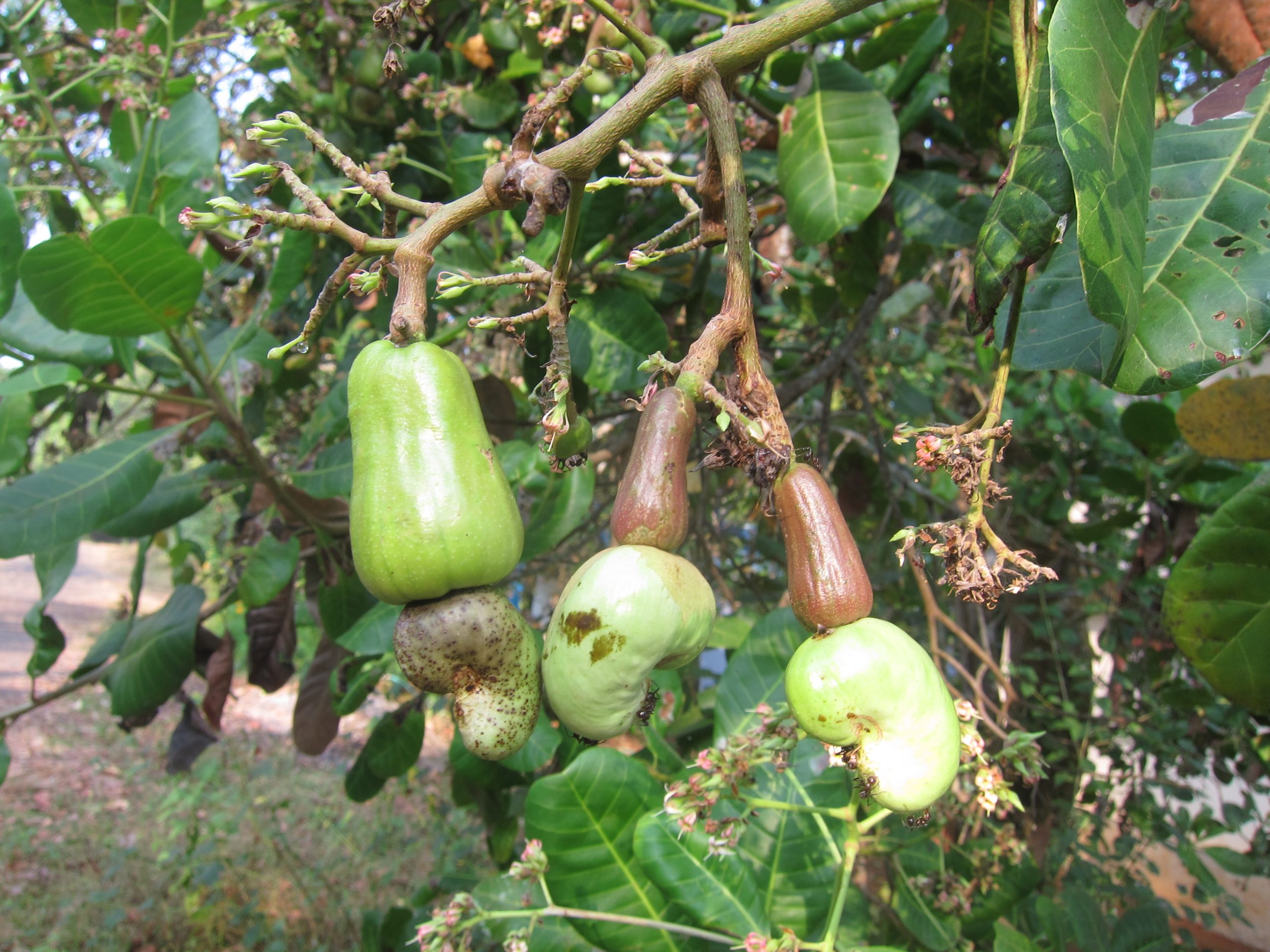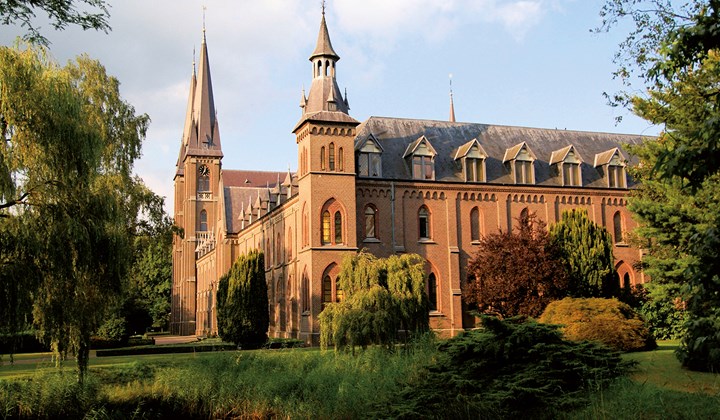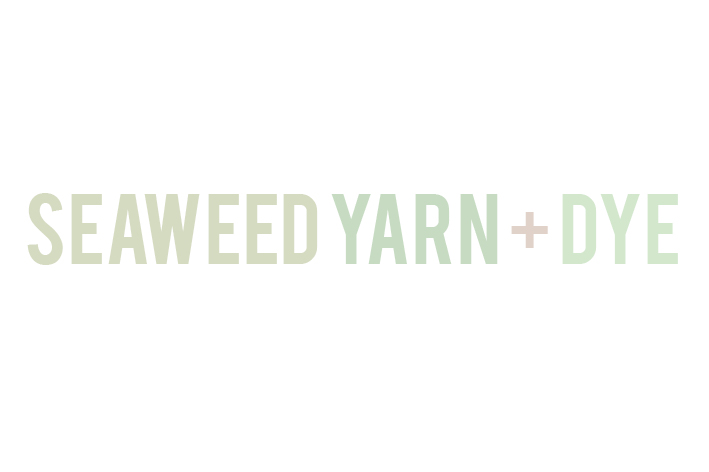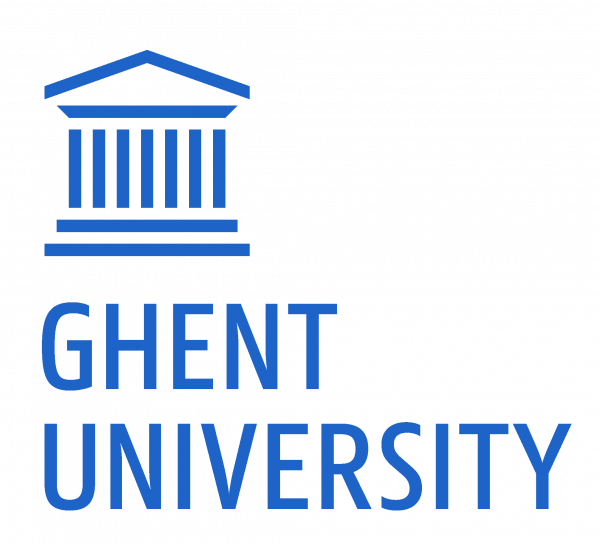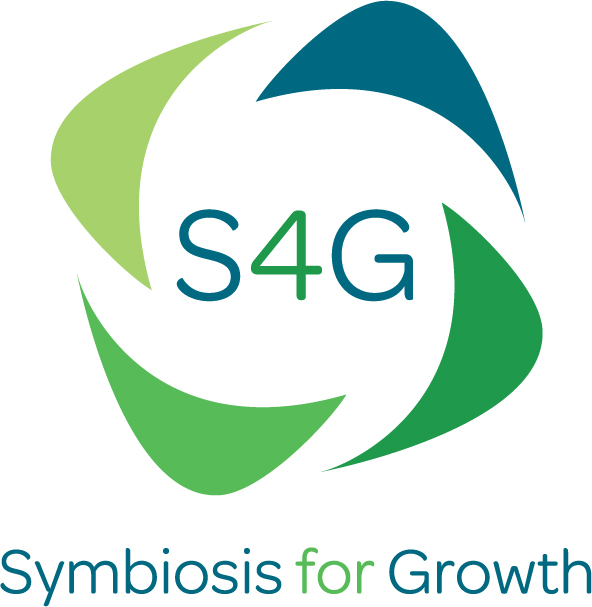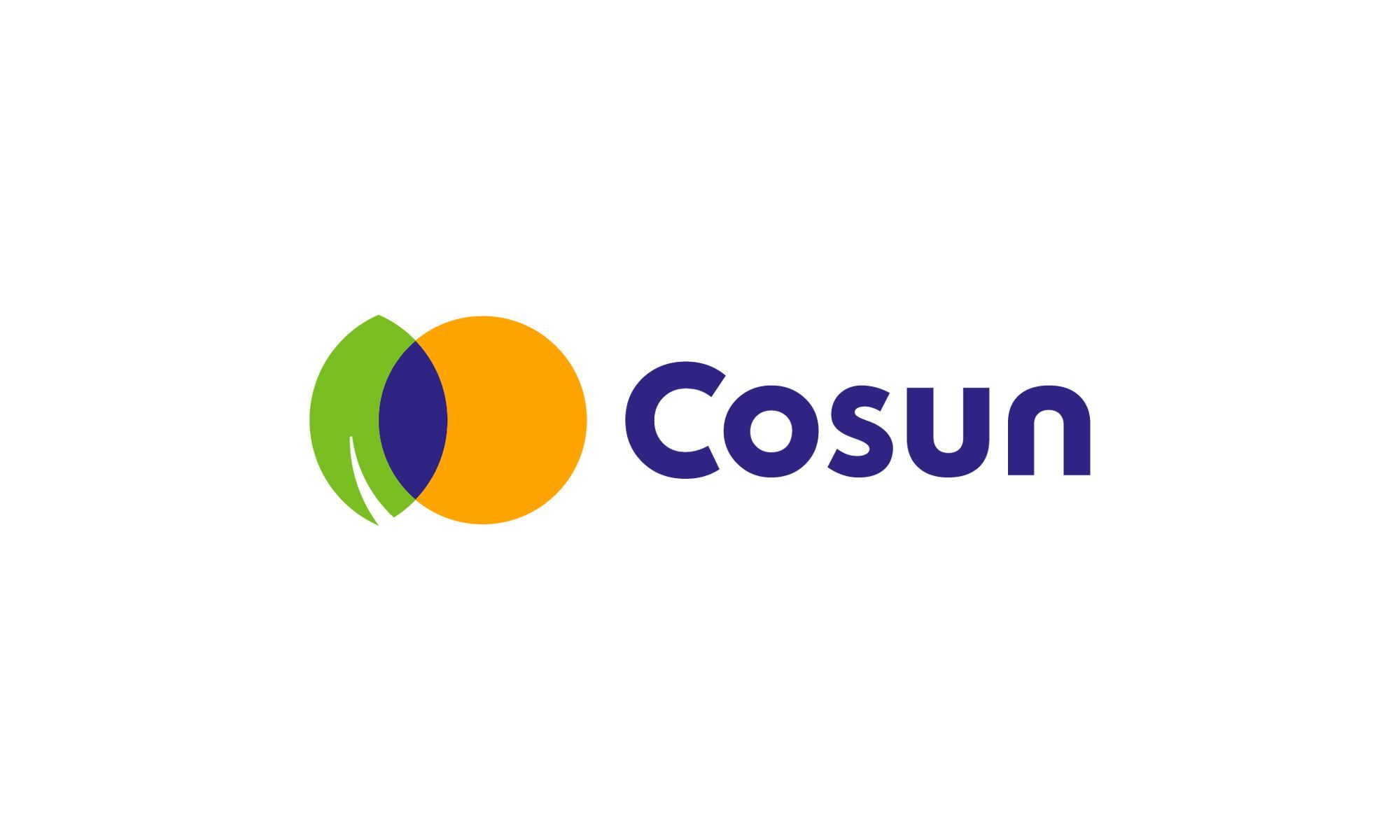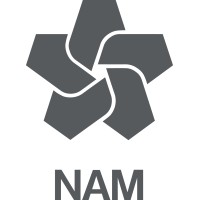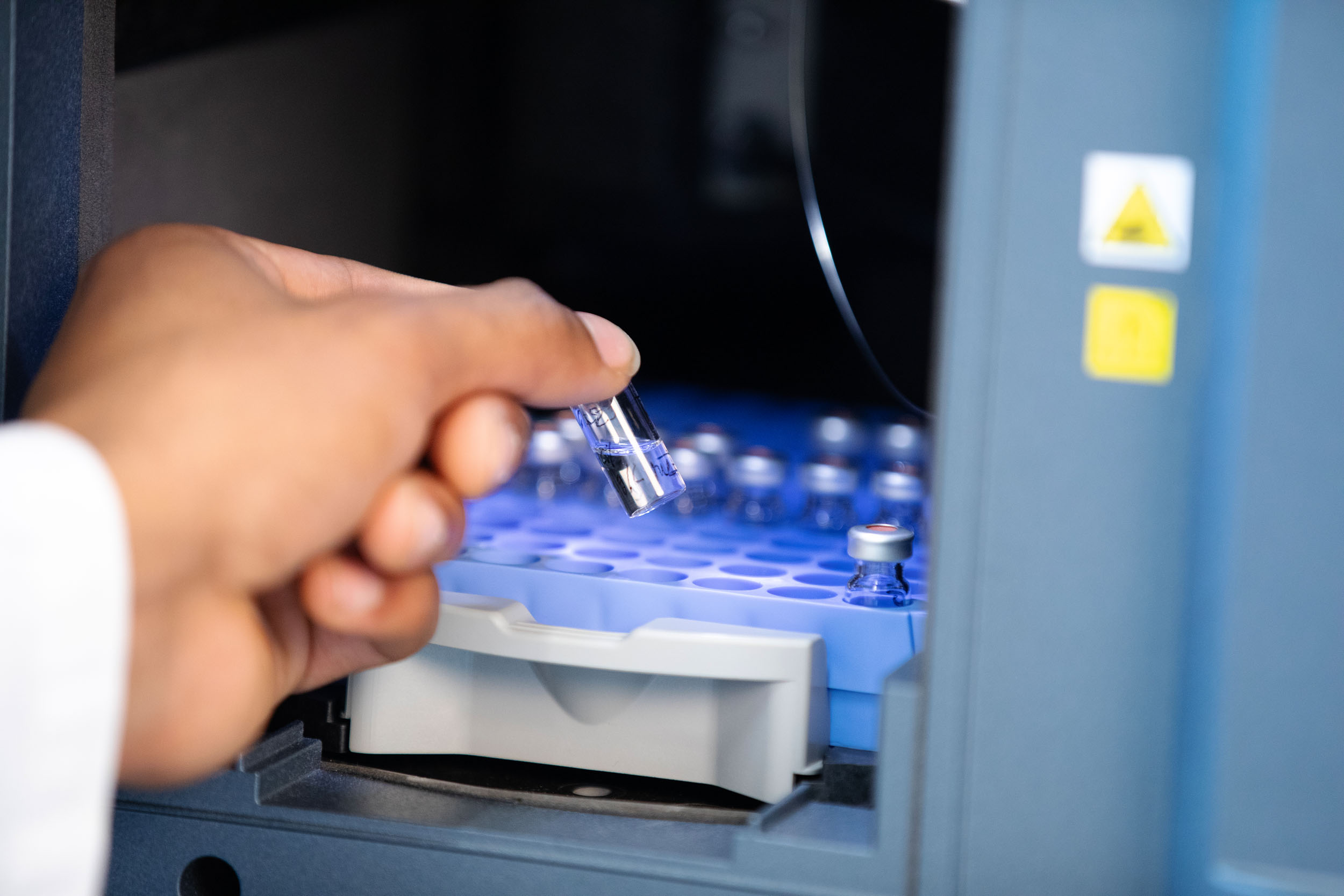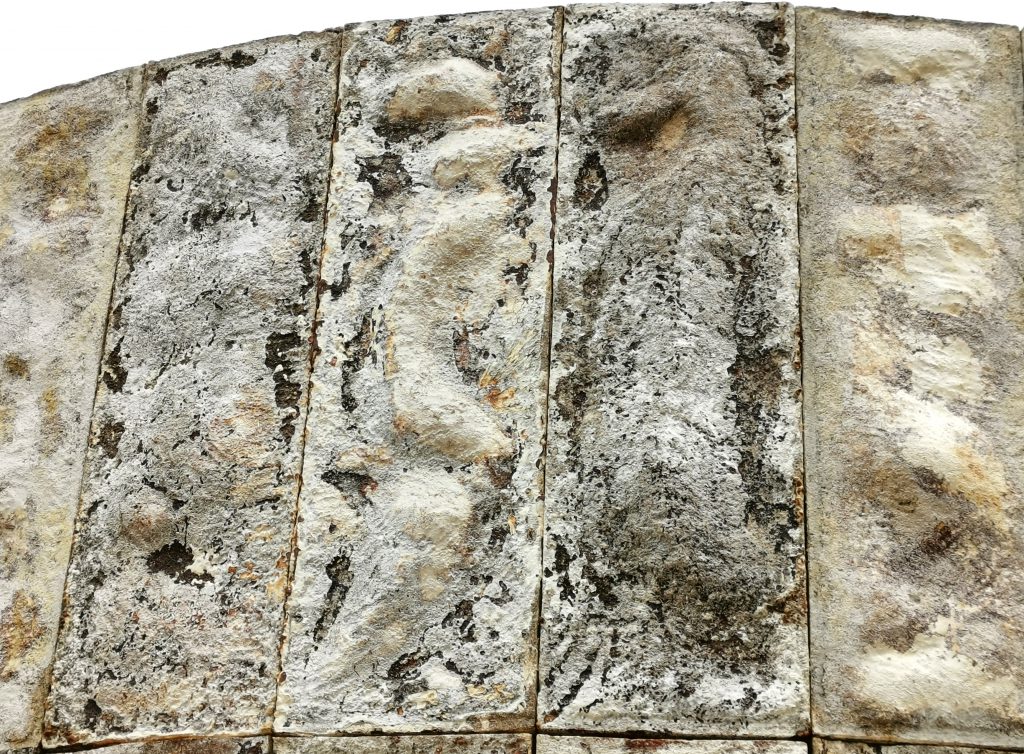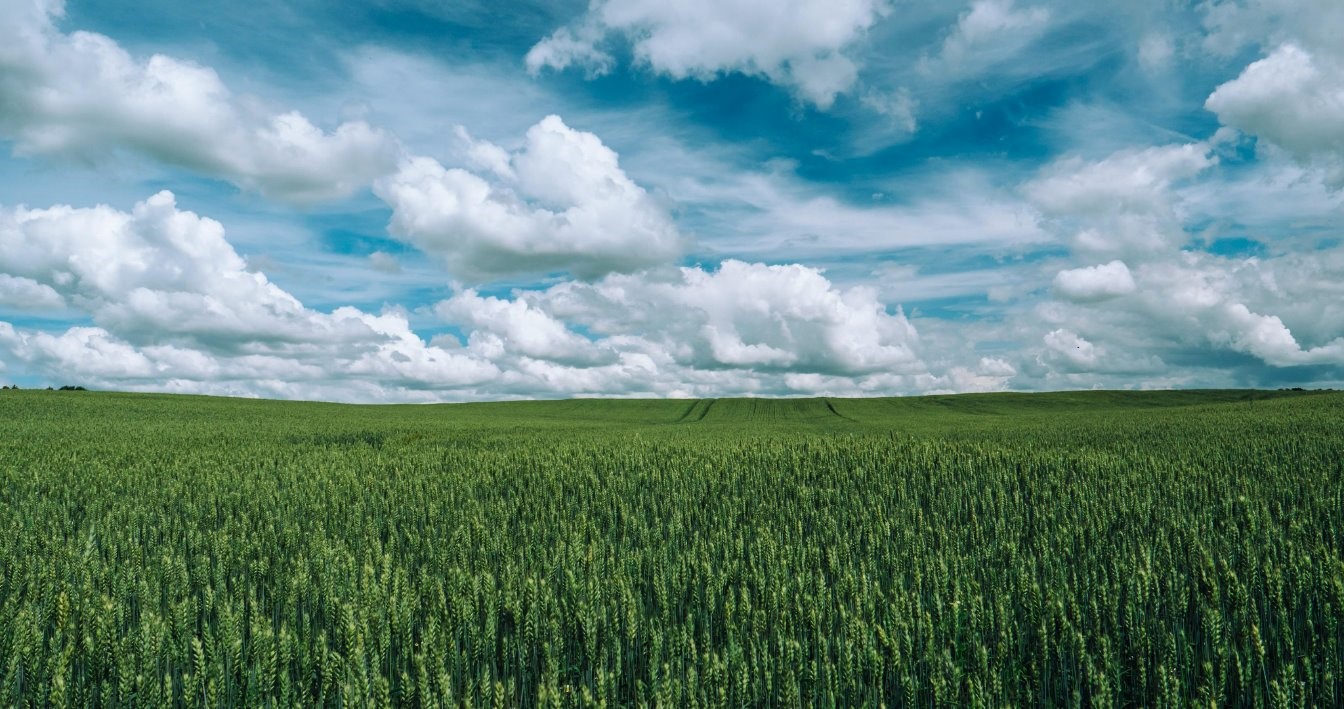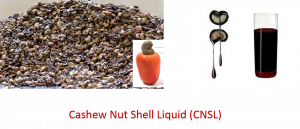
The peel contains about 20-30% a brown gooey liquid, Cashew Nutshell Liquid (CNSL). This natural resin contains valuable chemical components such as cardanol, cardol and anacardic acid. CNSL and everything derived from it has multiple industrial applications such as biobased additive, polymer building blocks and biodiesel. The aim of the project is to study the purification of the CNSL obtained from pyrolytic isolation. In order to find the most efficient way to use the CNSL oil and the total biomass of the cashew nuts.
Research theme
Research group
Date
20191001 until 20200930
SDGs




